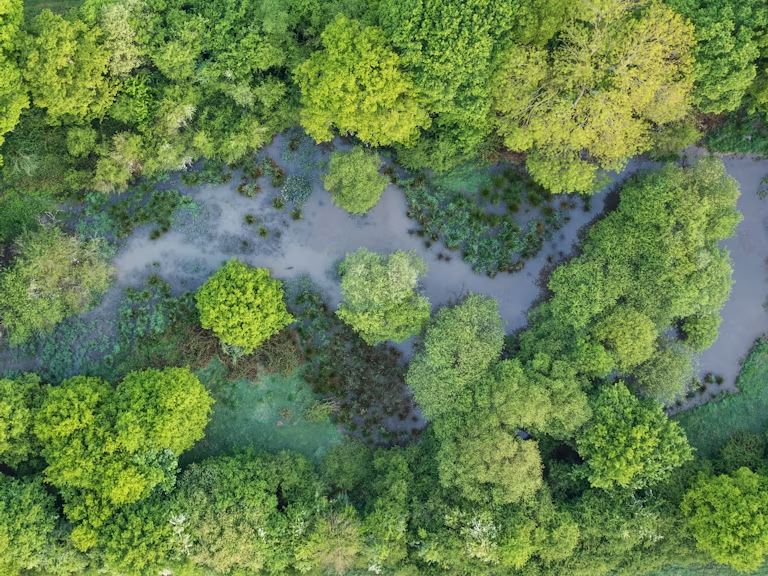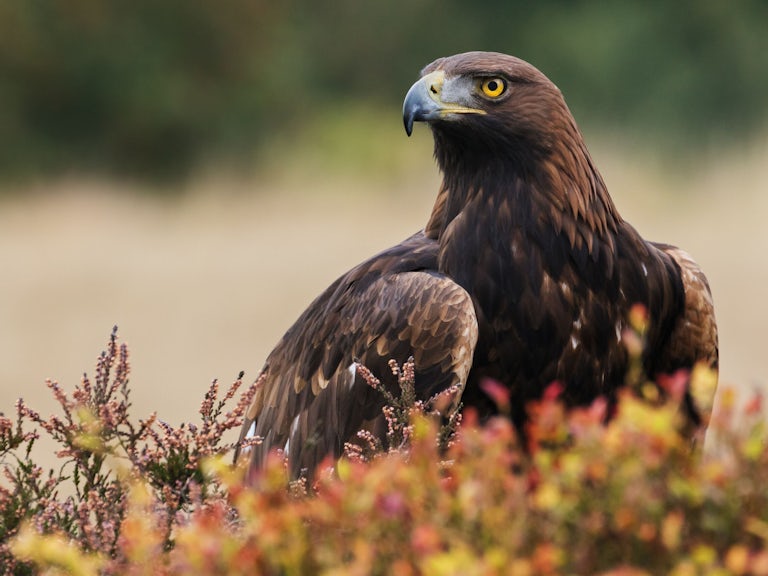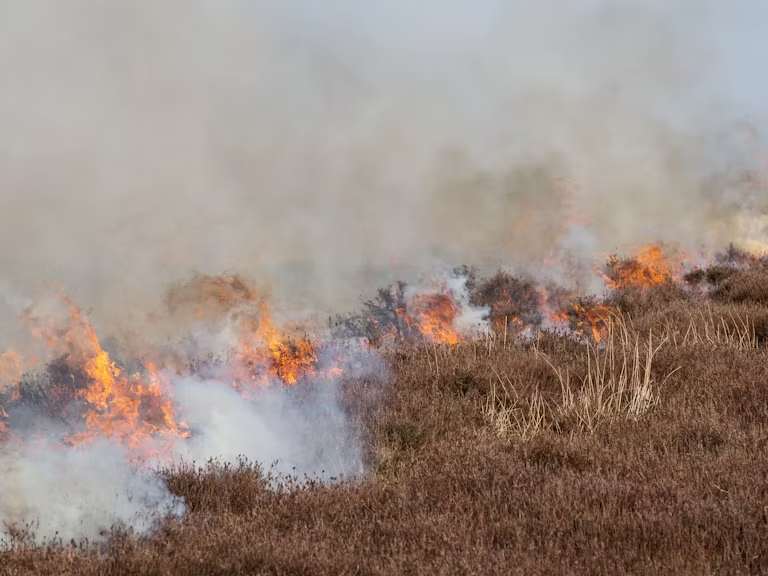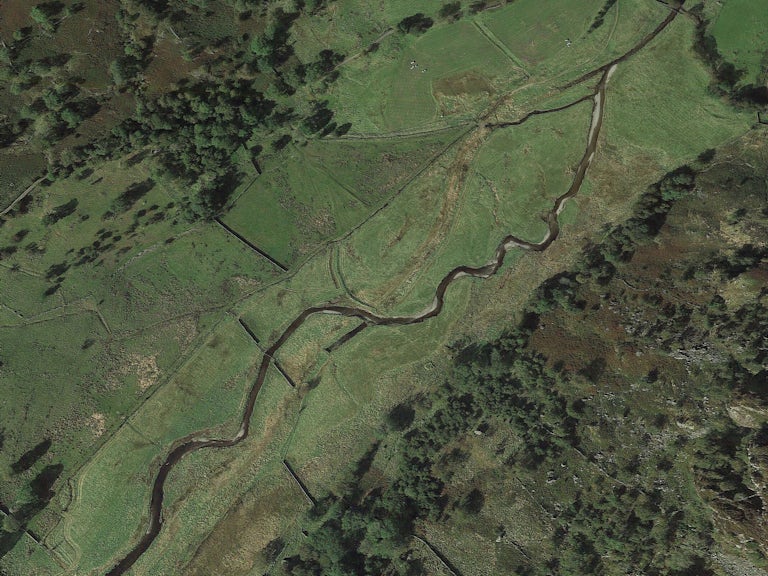Now is not the time to water down funding for ELMs
As the nation rides a stormy political sea, Rewilding Britain Director Alastair Driver keeps his eyes firmly on the horizon and insists that the Government keeps its promise on funding for nature recovery, if we’re to secure a genuinely sustainable future for people and wildlife in this country.

Published 14/07/2022
“If rolled out as originally intended, the new Environmental Land Management schemes will form the most significant environmental policy I have seen in my lifetime.”
Alastair Driver
Director, Rewilding Britain
With the recent political upheavals it would be easy to forget that, this week, Defra was due to share a small but powerful piece of news on the financing of rewilding: which 15 projects it is choosing for a two-year pilot of the Landscape Recovery scheme, one of three forthcoming Environmental Land Management schemes (ELMs).
This two-year pilot – which aims to assess whether the scheme can deliver public goods such as flood risk reduction, better water quality, improved carbon sequestration, restored biodiversity and better education opportunities in the countryside – is crucial for the future of nature’s restoration. We hope to see a number of pioneering rewilding projects amongst the chosen 15.
If rolled out as originally intended, ELMs will be the most significant environmental policy I have seen in my lifetime.
Defra must stand firm
But Defra is coming under significant pressure, particularly from the farming sector, to reduce the level of funding in this Landscape Recovery component. Without this essential part, we simply cannot fulfil the UK government’s pledges of 30% for nature by 2030, nor contribute significantly to the legal requirement of the 25 Year Environment Plan to reverse the decline in biodiversity.
This is of very serious concern to me and, I know, to many other experienced environmental practitioners and policymakers. Which is why I wrote personally last week to over 100 selected MPs and Lords to raise the issue.

In my letter I drove home the point that there is simply not enough money in the system for the other two components of ELMs to significantly turn things around, to improve biodiversity or mitigate climate change. The Sustainable Farming Incentive will take many decades to demonstrate any significant biodiversity benefits, and the Local Nature Recovery component will mainly deliver localised species recovery in a still highly fragmented landscape, requiring costly ongoing management.
Yes, they are both necessary initiatives, but are in essence just enhanced versions of stewardship and higher tier stewardship schemes. We know from decades of experience that biodiversity is still declining despite them.


What is ELMs?
It’s the three new Environmental Land Management schemes that will reward farmers and land managers in England for the way they manage their land. The Landscape Recovery scheme is for those who want to take a more radical and large-scale approach to producing environmental and climate outcomes through land use change and habitat and ecosystem restoration.
It is specifically the Landscape Recovery component of ELMs, which aims to secure the affordable restoration of healthy functioning ecosystems at scale, that is absolutely critical to both the delivery of the 25 Year Environment Plan and to making significant inroads to reducing the impacts of climate change.
I know this to be true because I’ve worked with farmers and landowners, as Head of Conservation for the Environment Agency and now as Director of Rewilding Britain, on thousands of sites at all scales across the country over many decades – and it is predominantly at genuine landscape scale that we have seen significant sustained biodiversity recovery. This is far more affordable in the longer term, due to the reduced ongoing management and maintenance requirements when working with natural processes and allowing nature to take more of a lead.
Why Landscape Recovery matters
Here are a few more reasons why the Landscape Recovery component is so critically important:
Realistically, landscape-scale land use change is most likely in the uplands and in the upper reaches of river catchments, due to the unproductive or marginally productive nature of the land there. These are the very areas where rural communities need the most support. We at Rewilding Britain have already shown that jobs have increased by 65% and volunteer engagement by 1,400% due to rewilding projects in areas like this. All the more reason to support clusters of landowners in such land-use change.
It’s well documented that the restoration of ecosystems in upper catchments has major benefits lower down the catchments – in terms of flood risk, water quantity and quality etc. However, it is not just urban populations downstream that benefit from this; rural communities benefit further down the catchment as well, especially in terms of reduced flooding of farmland.
Large landscape-scale land use change projects are attracting the most interest from private financiers and philanthropists keen to invest in biodiversity. This is where they know their funding can make a real difference, whether they are financing projects for purely altruistic reasons or for corporate carbon and biodiversity credits. We at Rewilding Britain are already seeing a steady stream of people like this wanting sites and projects to support. If the Government supports these large projects properly, they will leverage significantly more investment from the private sector, which has been a stated ambition of the Government for some time.
I know that concerns are being raised about food security and whether we can afford to prioritise nature, especially with the uncertainty in Ukraine. Yes, there are food export/import/trade issues to be resolved and yes pricing, distribution and wastage desperately needs addressing, but there is absolutely not a ‘food crisis’ here in the UK. There is, however, a biodiversity crisis and a climate emergency. If we do not take action to tackle them, to use our land for the wider public good, we certainly risk creating a food security crisis for future generations.
So please, let us not succumb to calls for what is, in effect, ‘business as usual’. What we need is strong leadership to ensure that a third of the funding in ELMs, as originally planned, goes to the Landscape Recovery component. This is a once in a lifetime opportunity for politicians to secure a genuinely sustainable future for people and wildlife in this country.

Explore our Rewilding Manifesto
We need UK Government to Think Big and Act Wild for nature, people and planet.
Learn more
Our vision
We have big ambitions. Find out what we’ve set out to achieve through rewilding.
Our 2025-2030 strategy



